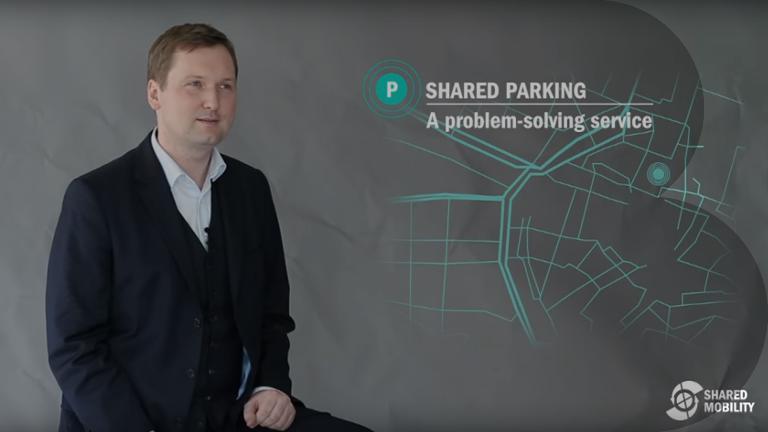" Shared parking as the next mobility innovation complements the mobility chain in urban traffic. "




Supply and demand are not getting together – not yet. Solid gates and powerful barriers are blocking the way. In the old world of mobility, it was entirely normal that companies, hotels and private persons locked their parking lots against third parties. Ever since shared parking portals offered idle carports with the possibility for hourly or daily rent via the mobile internet, prime parking spots now get let out on a massive scale.
The attempts to solve the problem have been under way for some time. It is still uncertain what technology gains acceptance. One solution: technically upgrading barrier systems so that they can be operated with a smartphone by using QR codes.
One way or another, the number of locations will increase exponentially in the future, as parking spaces in underground garages and commercially- and privately-used parking areas can also be included.
With jointly-used parking spaces, we are experiencing the next big thing in the world of shared economy. The global market is expected to rise by 25% until 2020. Our Shared Mobility study projects a revenue increase of up to EUR 1.9 billion per year.

Spotting a parking spot quickly and immediately relieves drivers, who lose both time and nerves with the search. Cities can also benefit from a decrease in environmental pollution because the new parking services will reduce the volume of search traffic, which still makes up around 30% of inner-city movement today. An additional benefit is possible in the medium term: Through the better use of existing carports, fewer parking spaces will be necessary in total. Cities will be able to recapture areas, which can be repurposed to meet the needs of citizens.

However, is shared parking creating the incentive to drive in the city by car in the end? Wouldn’t it instead provoke even more traffic? This seems less likely as shared parking systems will integrate intelligently into future mobility concepts.
Further developed car sharing and bike sharing offerings continue to be integral parts of the city. Furthermore, it is expected that an increasing number of large cities worldwide will follow the direction of charging city tolls and tightening parking spaces to regulate transport development.
Finally, shared parking is an innovative advance in the right direction as it offers efficient solutions for tomorrow’s transport.